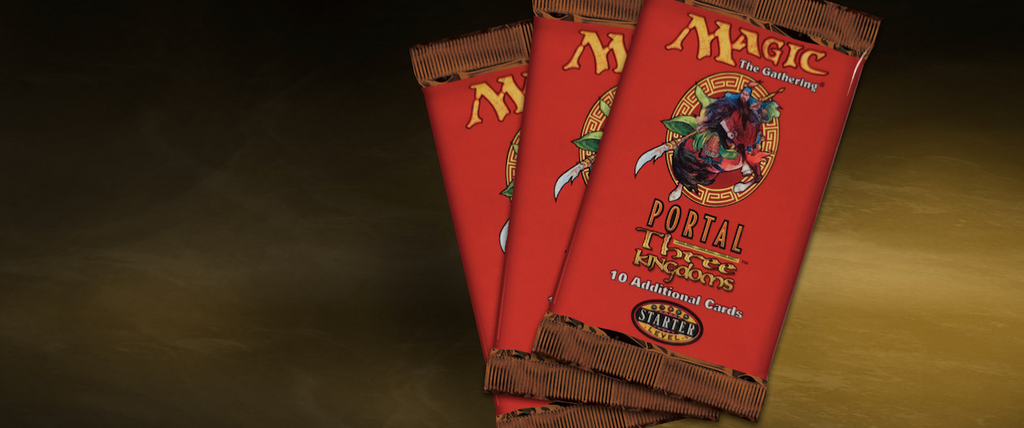The MTG Community - The Best Non-English Magic Language, Traditional Chinese [Edward Eng]

I remember back in the day (the 90's) when Chinese cards were 'pimp'. Back then there was only traditional Chinese. And when I stopped playing Magic around 2000, there was still only traditional Chinese.
When I came back in 2010, I was pumped to see cards in traditional Chinese again since I was living in Taiwan then. But, I wasn't happy to hear that the prices of Chinese cards were crap. It's great that the market had grown to cover China over the ten years that I had been gone, but it sucks that the market was flooded with simplified Chinese cards. And to this day, it still makes me sad that traditional Chinese cards aren't 'cool' anymore.
So I'm here to talk about why traditional Chinese cards are still 'pimp' and should still be sought after just like Russian, Korean, and Japanese cards.
Reasons Why Traditional Chinese Is Pimp
1. Traditional Chinese is the purest form of the Chinese, Japanese, and Korean languages. Simplified Chinese was created after traditional Chinese. Japanese is derived from Chinese. Korean is also derived from Chinese.
2. Do you know what Chinese is? Each character is a picture. Each picture represents a meaning. That meaning is that word. Think about that. You're playing with Magic cards. They all have a main picture on them. And with Chinese cards, you have Magic cards with many pictures on them.
3. The print run of traditional Chinese cards is actually quite small. I believe only Taiwan and Hong Kong have traditional Chinese cards. That's on par with Russian and Korean levels. And I'm pretty sure those print runs equal less than the Japanese runs.
4. Have you ever tried to find sets of traditional Chinese cards on the internet? Go ahead, take a few minutes right now to Google a set of foil Snapcaster Mages in traditional Chinese.
Okay, so how do you decipher traditional Chinese cards from simplified ones?
Spotting Traditional Chinese Cards
1. On traditional Chinese cards, the punctuation (i.e. period and comma) is in the center of the text. Whereas, the punctuation on simplified Chinese cards is positioned towards the bottom-right portion of the text line.
Traditional Chinese

Simplified Chinese

This is pretty much the only fail-safe way to distinguish traditional Chinese cards from simplified ones if you can't read Chinese.
Hit me up in the comments or on social media.
Peace, love, and have fun…
Eddie


